2021 in Review
Photography was not what I call my hobby or even interest until I have bought a proper camera, Fujifilm XT-20, a mirrorless digital camera in April 2019. Into 2020 I expanded my domain into analogue (film) photography, and the project to post on Instagram every day accelerated my study in the art and gave me numerous chances to practice.
A look at 2021
In 2021 I have taken around 5,000 photos, among which about 1,000 are film photo
Eight cameras joined my collection as gift or purchases from 2nd handed good sites.
365 photos posted under my Instagram profile @tommy_ku.
Hoarded film like crazy due to discontinuation of Fuji film stocks and ever-increasing film price. 2 years-worth of film is in the inventory.
Expansion in medium to 120 format, slide film, stereography, 360 photography, and cyanotype.
Read 《Camera Lucida》 by Roland Barthes and 《Examples: the making of 40 photographs》 by Ansel Adams.
What went well 2021
The single best decision I have made in 2020 and continued into 2021 is my daily post to Instagram. Constantly I had to squeeze the creative juice out of myself to keep up both the momentum and my own interest in keep posting. I can imagine myself doing this for another ten years down the line as long as Instagram or platform of the like continues to exist.
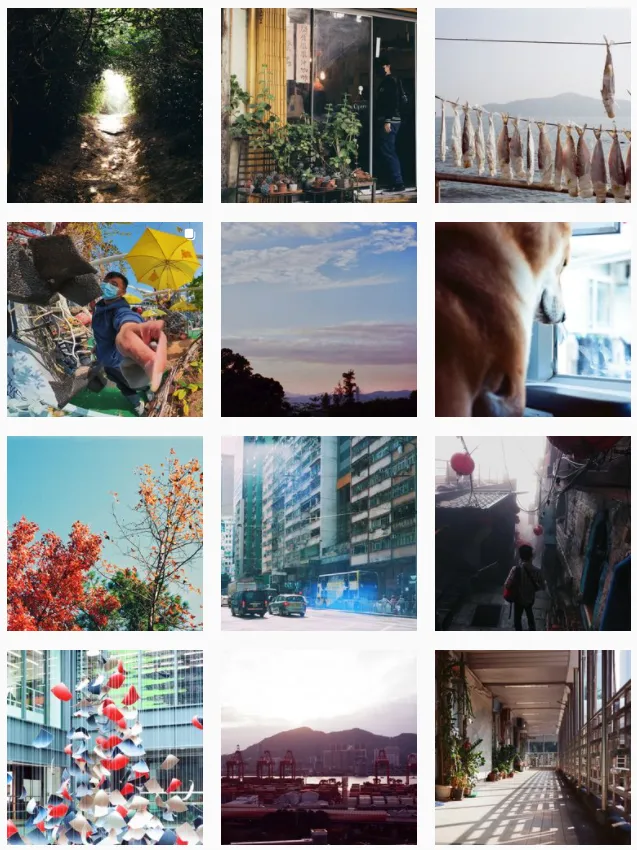
In squeezing out more (creative) juices I had the chance to try out a couple new of post-processing tricks and photography formats. A lot of them worked out even though a fair number of my attempts failed to achieve the effect I originally intended. That is ok, leaving me ample of areas to improve on in the coming years.
As I was into film photography, the easiest way to achieve a different style is to switch film stocks. In 2020 only the budget film stocks namely Agfa APX 100, Kodak ColurPlus 200/UltraMax 400 and Fujicolor C200 were used.
Came 2021 I began to use the more premium options like Kodak Ektar 100/Portra 160, giving me better color re-creations and sharpness on higher end cameras like the Agfa Optima 1535 and Zeiss Ikon Contina II 524/24 (gears will be mentioned in a bit below).
Hitchcock 50D, 250D and 500T were repackaged Kodak Vision 3 and they are fun to play with. Film stocks are like pre-sets/curves in digital photo post-processing where a specific color profile can be achieved. With cinematic film such as Kodak Vision 3 the curve is really flat. Highlight and shadows are well preserved and it's intended for the editor in post-processing to decide what kind of color profile to apply to the film. It may not give the instant "vintage/analogue"-vibe/-esque that people are after.

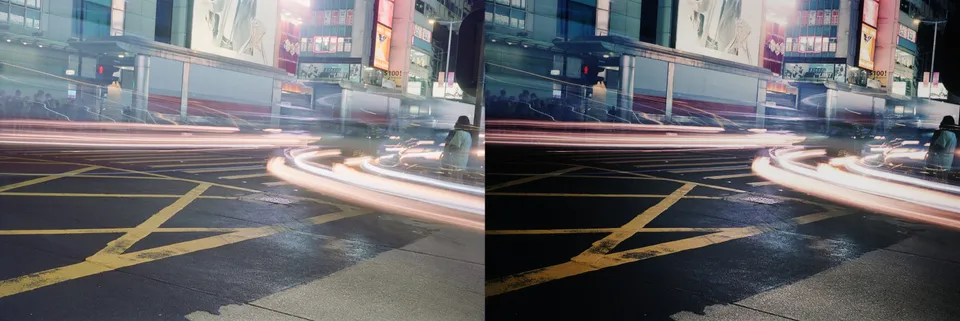
Premium films are expensive and will only either be discontinued, or if anything, continue amongst the price hike. My salary raise is not going to catch up to the price raise. The perk of being single is those monies could go to films which I shoot, not to films I have to watch with somebody. (ahem)
Also luckily, there isn't a shortage of film supply/lab to process them in Hong Kong on 2021. Even after switching my go-to lab twice, there is still a number of active labs out there. The community is alive, film is not dead.
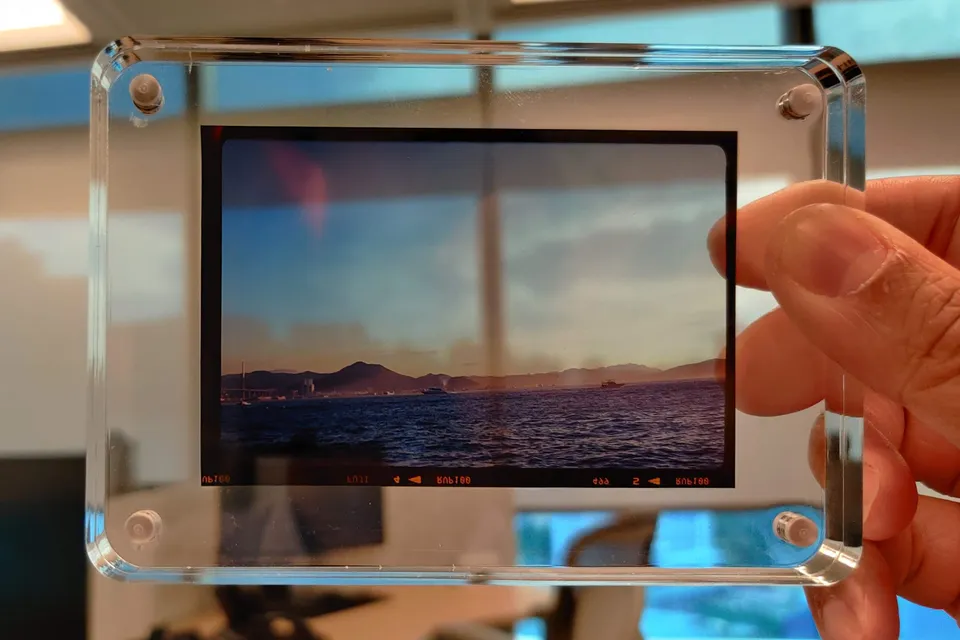
2021 is also the year where my Gear Acquisition Syndrome (GAS) continued to worsen. A number of purchase had been made on compact view-/range-finder cameras, medium format camera, toy camera, and even an 360° camera. While my confirmation bias has no shortage of reasons to justify these purchases, I do admit there are both pros and cons to these purchases. Let me focus on the pros here and go through the cons in a later section.
As when I purchase new gear, I would look for some specific appeals from the gears, usually emotional attachments or enablement to a certain genre of photography (most notably for the medium format and 360° camera). And I usually avoid the most popular models. Unpopular gears are usually cheapers and on the lower end. This gives me the chance to explore a genre and explore a gear on my own without much external influences (except reviews, I need to learn about any serious flaws/operation that may break the camera).
Then, I just use them until I get to know them enough. Like in a relationship, it takes a bit of time to get up to speed, and to discover various the quirks. I thoroughly enjoyed exploring a new camera and figure out how to use it to its fullest potential. There were joys coming from when things "just works" (like on the well-designed Optima 1535/Contina II). There were also joys coming from figuring out how to make things work (especially on Moskva-5). I cherish these moments as they fulfilled my curiosity and there's never a short of lessons to learn from. Ultimately, I can say to myself that
I can, if I want, when I do
which is the best thing I could've wanted from any hobby.
Another note on GAS is that gears may not have been "acquired". I for once switched my Fujinon XF 18-55mm f/2.8 lens for a 23mm f/2 with a friend. That was the first time I used a prime lens and first time my friend used a zoom lens. The experience opened ourselves up to different styles of shooting. In my case, the time saved from zooming to compose had sped up my response time to interesting events on the street. Despite subjects in a distance seem small due to the 23mm focal length, the added sharpness and color re-creation of a prime lens helped me overcome this shortcoming. I began to like prime lenses. A 40-50mm equivalent focal length would be something I am not used to, to be honest though. My friend had a different take on zoom vs prime as he'd pretty much favor a zoom lens, Fuji 18-55mm is just too unusable at 55mm that he'd want something better, like the Tamron one that's constantly running out of stock.
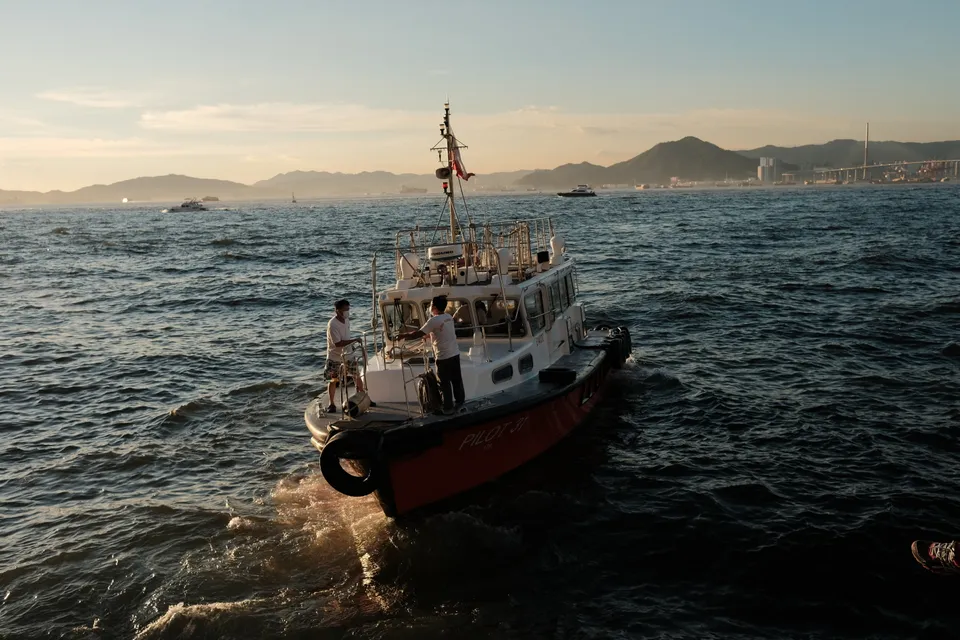
At the end of the day, we both learned something new simply by switching our lenses, for free. One bonus note: if you are borrowing gear from someone, try cleaning it up so it's returned in a greater shape than when you borrowed it. It'll please your friend definitely and maybe your friend will be happy for another switch in the future.
Now that I am talking about those Fuji lenses, it's worth mentioning I picked up digital photography again. My Fuji film simulation recipes matured and would work wonders in outdoor scenes both under sunlight and overcast sky. For those who are new to the Fuji ecosystem, film simulation are like lighroom presets that are applied to the JEPGs output right from the camera. I have previously tried the recipes from this site which none of them worked for me. At the end I had to follow my gut and tune my own. At some point in 2022 I probably will write about my recipes.
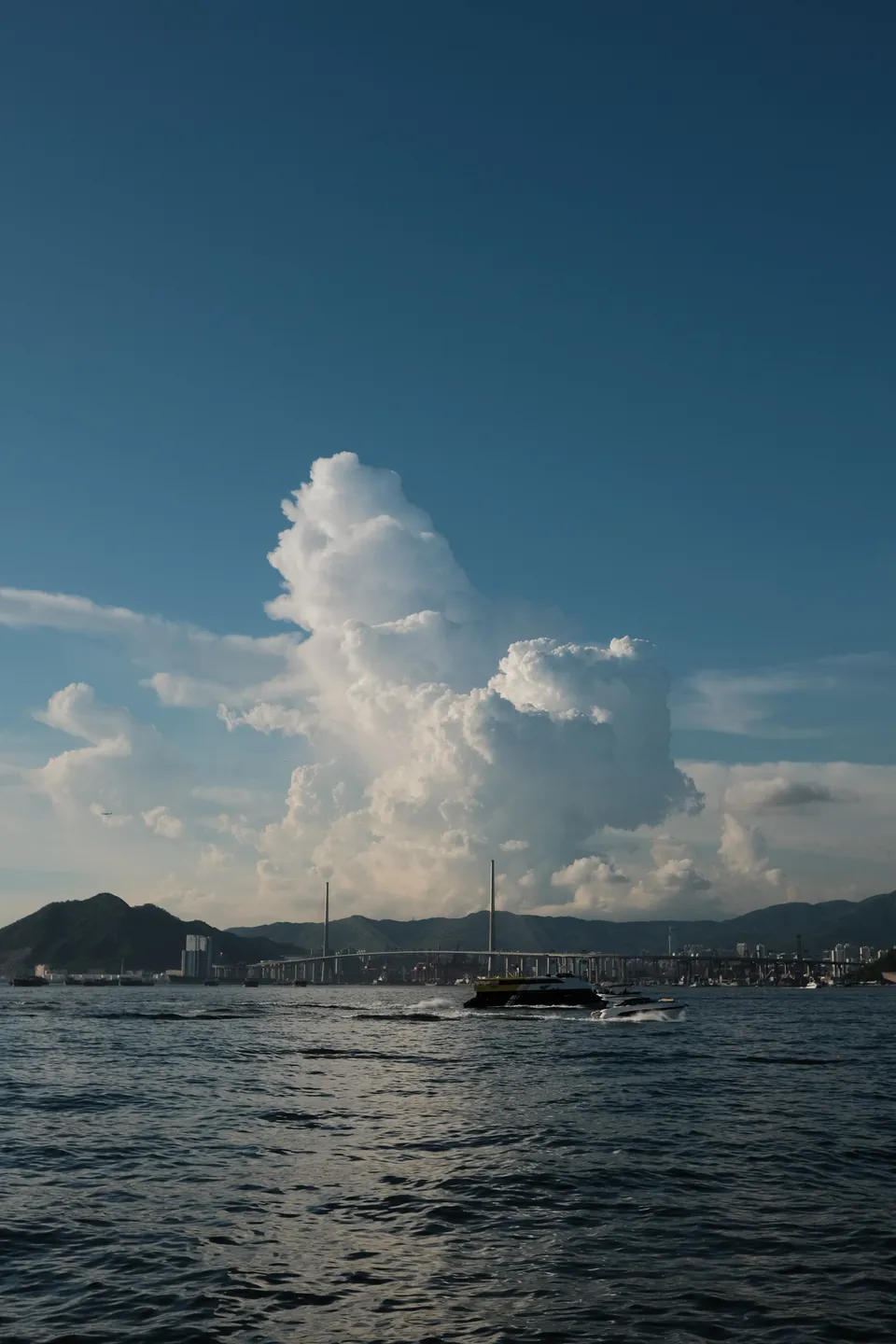
In 2021 I tried to read more books about photography. Not the books that teaches how to shoot a certain genre of photography, but instead the sharing and writing from the renowned photographers in an attempt to understand their understanding and theory on photography in an attempt to foster the same of my own. The 3 kinds of books that I read are:
- Theories
- 《Examples: the making of 40 photographs》 Ansel Adams
- 《The Art of Black and White Photography, 2nd Edition》 Torsten Andreas Hoffmann
- Essays
- 《Camera Lucida》 Roland Barthes
- 《在漫長的旅途中》 星野道夫
- 《火车上的中国人》 王福春
- 《那些漸漸喜歡上人的日子》 鬼海弘雄
- Magazines
- 《中国摄影 1974-1》
- 《中国摄影 1974-2》
- 《The authentic guide to Russian and Soviet cameras made in USSR 200 Soviet cameras》 Jean Loup Princelle
One thing these books got me into, mostly because Ansel Adams and Torsten Andreas Hoffmann, but also 鬼海弘雄, is black and white photography. I did not like BNW photography before because they all appear flat. The way these BNW photography masters plan and execute their shots set the examples (aha) how to do BNW photography well. Thereinafter I was able to digitally edit my previous color photos to give them a new life and yielded already some shots that I really love.
A lot of things can be learned from the writing of these people that is hard to simply learn from watching YouTube videos. These books are written by people in a different era when the Internet, digital photography, and travelling were not as common as nowadays. Their accounts on photography and the world are eye-opening that I'd love to explore more in 2022.
In the attempt to form my own narratives and to keep up the creative momentum, I reconnected with 2 of my highschool friends who are also interested in photography and organized photowalks. Going on a photowalk with companions greatly helped with my confidence in shooting photos out in the public, even if it's photos of random people on the street.
In 2021 I discovered new genres of photography such as stereography and 360° photos. When out travelling or hiking, one thing that bugs me is the flatness of photos no matter how well a photo is shot. Have you ever encountered a spectacular scene on the hill during a hike seeing the vast nature opening up in front of you? In an attempt to capture the moment you took a photo, with everything ending up looking flat, unable to translate the scene realistically. Insert stereography and 360° photo, which were revived in the VR era to convey a scene in its entirety realistically.
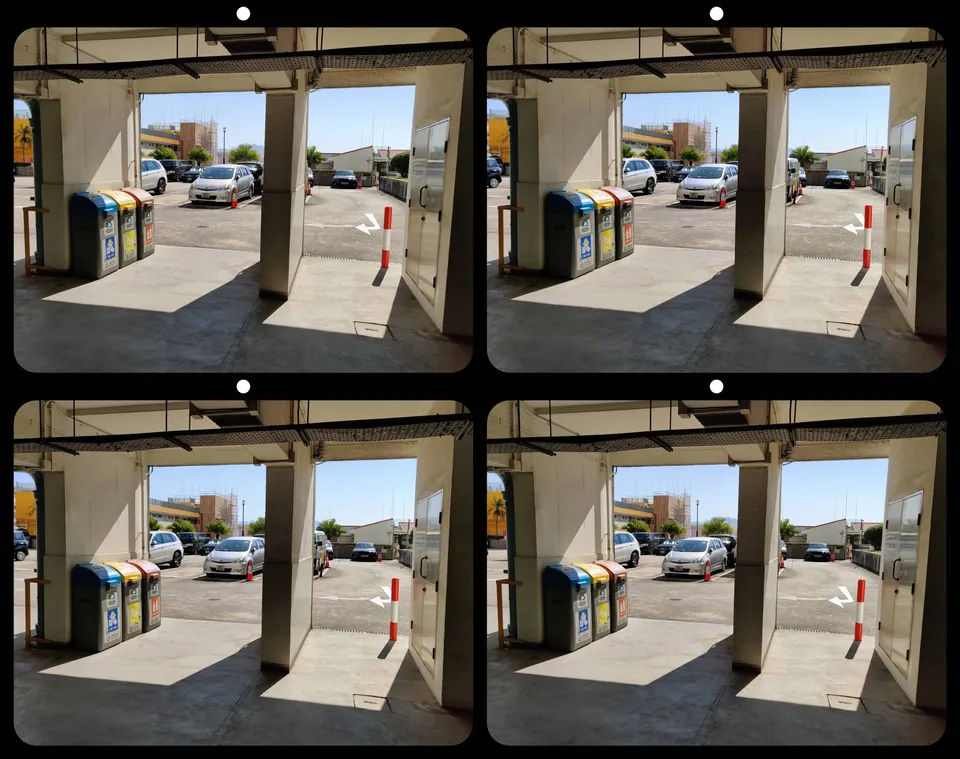
I was just getting started towards the end of 2021 and am already pleased with some easy wins in the genre. Impulse buy on late November got me my first 360° camera and a stereography rig is brewing. Further pursue in these two genres is going to yield something amazing in 2022.
Lastly, validation crisis.
Validation crisis is what I consider working well for me in 2021. It is not hard to imagine how demotivating it is to see a photo posted on Instagram not receiving as many likes as you want, while some random, less crafted shots are receiving hundreds of likes. Consider IG likes are validations. People liked a post because they found the photo good—not really! What I did on IG before I enabled a 15-min daily time limit is I just mindlessly scroll through my feed liking things like muscule memories. I don't read captions at all. There are millions of photos down the infinite scrolling feed and only less than 1 second may be spent on each individual post. How much do people's "likes" actually worth?
This disconnect between the poster's and the viewer's understanding and expectation on a post is where this validation crisis coming from. Once this is understood and accepted, the validation crisis disappeared. All I need to do is make one post everyday, ad infinitum.
Since Feb 28, 2020 I have not missed even a single day and I feel good about the consistency. Consistency in the smallest thing could go a very long way considering the journey it led me through these 2 years.
What didn't go well 2021
As a prolific amateur photographer I am shooting tons of films for no profit all the time. The biggest thing that didn't go well for me in 2021 (and likely all time in the future) is film price hike.
To illustrate this, consider that ColorPlus 200 could be bought for HK$44 on Q1 2021, in Q1 2022 the price is HK$67 (+52%). Portra 160 was $68, now they are $107 (+57%).
Another thing that happened was the Fuji killling PRO 160NS. I just got a box of 5 rolls for $72 and immediately after the new was out, the priced jumped to $98 (+36%). Inflation in Hong Kong was under 2%. My salary doesn't grow anywhere near that.
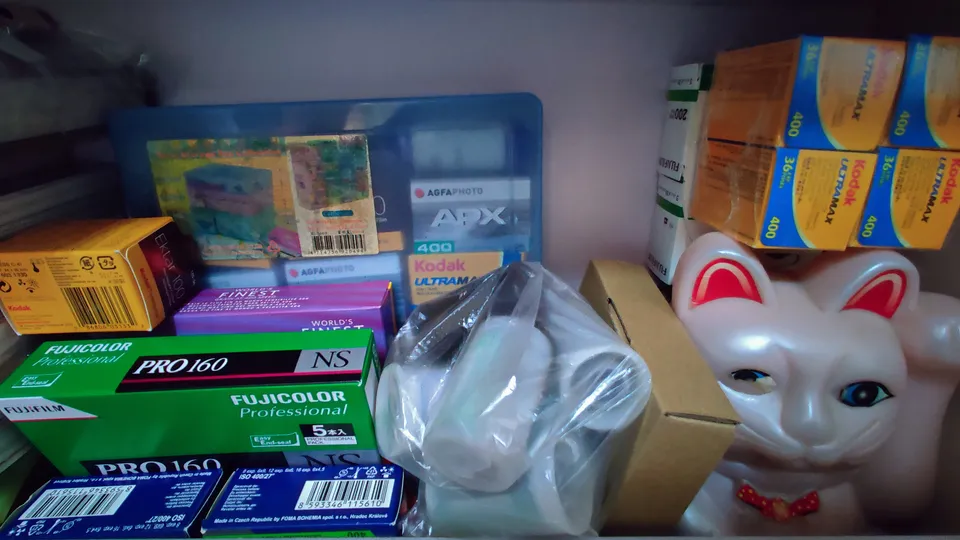
Logically my action was to hoard film like the squirrel hoarding acorn in the movie Ice Age. It is almost a curse because after Fuji has killed PRO 160NS, who'd know which one is the next. Thus I went hoarding a chunk of all the films I was interested in shooting, for they may be gone in the next 6 months. Price is another concern, assuming ColorPlus continues to raise in price by 15% every quarter, I could save about 1/3 in 2 year's time if I hoard.
At least I have enough 135 film to last through 2022, 2023 and 2024. Enough 120 film for 2022, and I am still concerned.
Film however only consisted of a portion of the purchases I've made in 2021. Camera purchases made up a bigger part of the money spent. I don't regret the good ones I have bought, but the bad ones made me question the essence of my being.
For one obvious example—the outlet box rush. A famous European camera store occasionally holds outlet box sales where mostly broken cameras that are hopeful for repair and usually not worth the effort are being sold in lots. On the day new outlet boxes came out, I quickly missed a set of box cameras I wanted, then also missed some Russian rangefinders, leaving me with this cheap lot of 2 FEDs. Somehow missing what I wanted only solidified my willingness to buy, as a result I bought the lot of broken FEDs. Bad decision I still regret today. As for the outcome, you can see my praising of them on another post.
Another example of the same phenomenon is my purchase of Moskva-5. One day I saw a deal on a Moskva-5 in mint condition for cheap, yet the seller had already sold the camera. Moskva-5 wasn't my go-to medium folder even though at the time I was looking to get into medium format photography. After missing a good deal, I went on to hunt for inferior deal of the same thing! What a stupid move! I did get a Moskva-5 at the end, for 1/3 extra in the price, and yet missing a 6x6 conversion mask.
I understand when a good deal is up for grabbing, one should active decisively and grab it, like what I did for the Agfa Optima 1535. However when a deal is clearly inferior and bad, no amount of attachment to a camera that one hasn't yet owned should cause one to take the bad deal. Have enough patience, be clear what one wants, and try not to buy too many cameras.
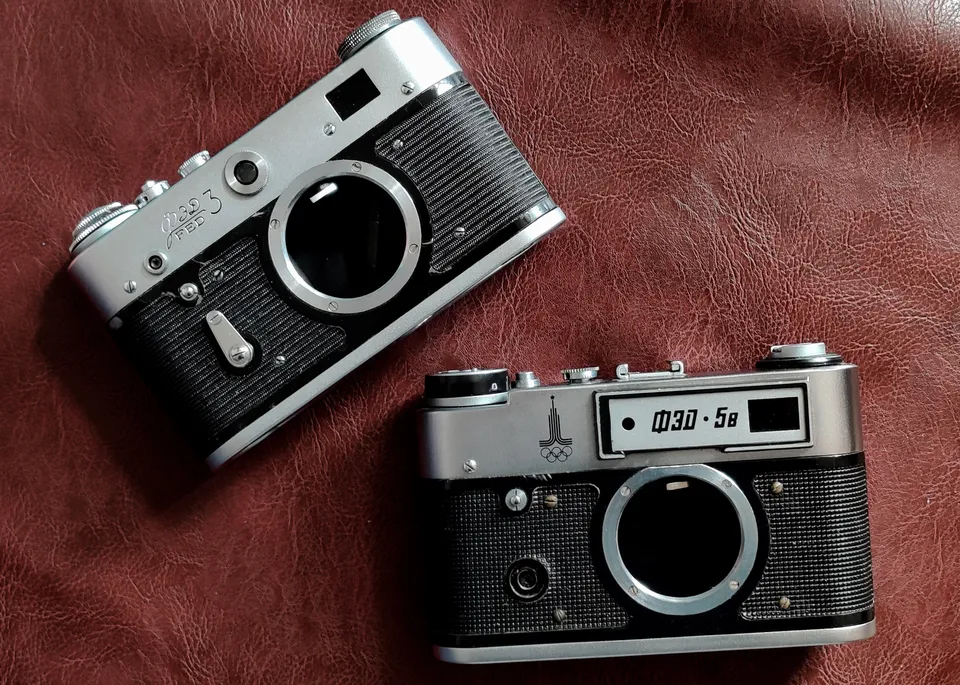
Well, what's done is done. With Moskva-5 as my doorway into medium format photography, I attempted slide films and medium format in general. As my photographer friend said
The resolution will show any defect in your technique.
Full manual medium format is not a easy beast to tame like 35mm. My first 2 rolls on slide ended up nuclear because slide has very little margin of error on highlight and Moskva-5 probably has a slightly slower shutter? Maybe? I have anyway suspected that for almost all of my 50+ year old compur type leaf shutters.
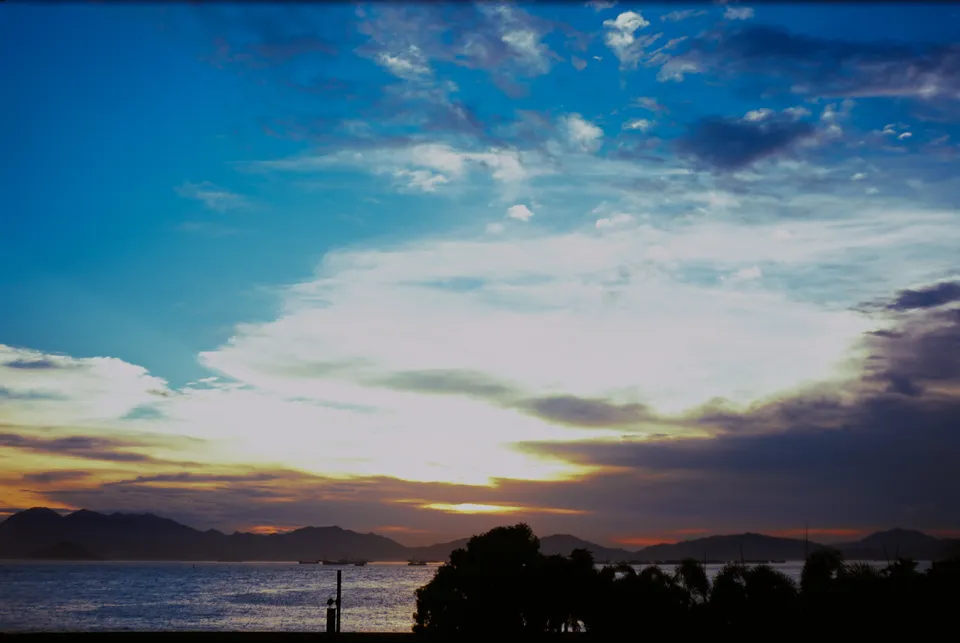
And no more LOMO purple, ever.
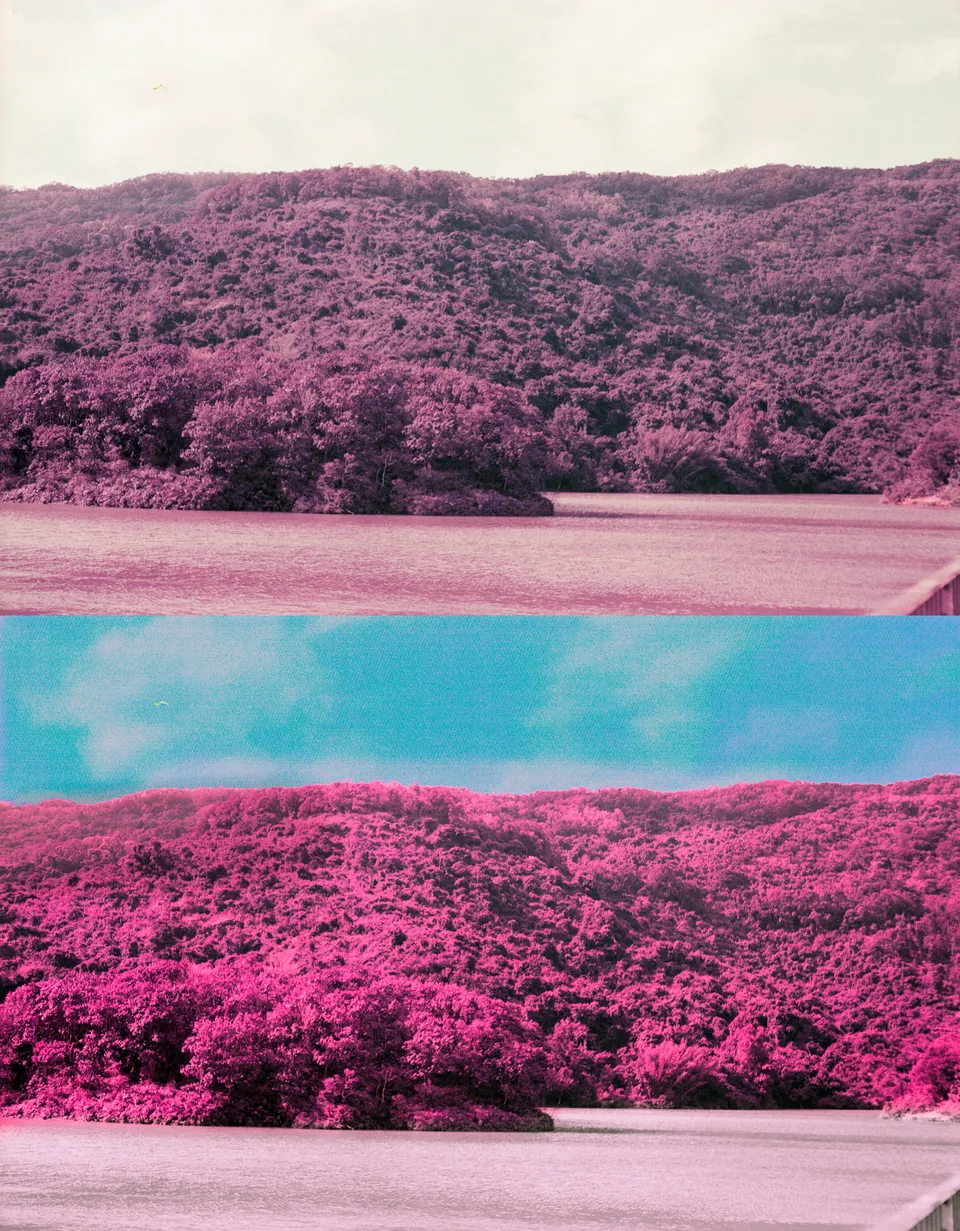
The whole deal of medium format was about medium format, and also what it enables. Medium format slides are already one completed form of the photo without the need to print because the 6x9 form factor is large enough to view without a magnifying glass. The same goes for monochrome medium format negatives, most notably bnw negatives that can be printed with simple chemicals using the cyanotype process.
The reason of not showing any print here is simply because I F-ed it up. Cyanotype didn't work for me in 2021. The toilet I hung the paper for drying was not light tight at all. And somehow the chemical didn't stick to they paper and instead got washed away by the tap water. When summer comes I may give it another try.
Towards the end of 2021 I was for some unknown reasons crazy about sterography. Proper stereo cameras were unfortunately beyond my reach. RETO 3D is not proper. Nishika, Fuji WD3, Kodak Stereo and Realist are terribly expensive. Action Tracker is a regrettable purchase. Cha-Cha technique doesn't work on foliage-rich scene or moving objects.
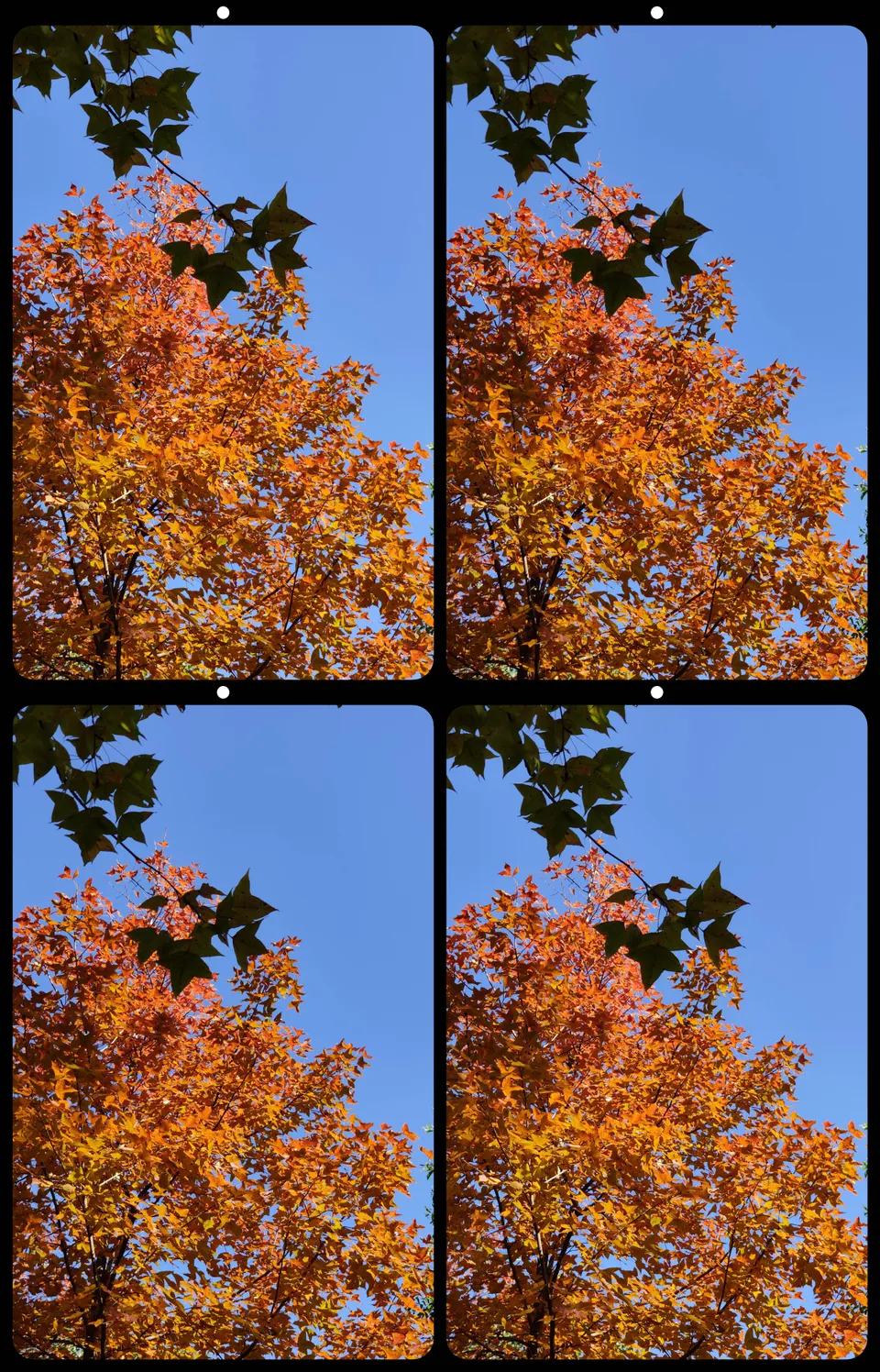
I might have to join 2 Solina on some rig or just join them using a two-way 1/4 screw for a poor man's stereo set.
Lastly, I had trouble getting feedbacks on my photo in 2021. Likes on IG does not constitute useful feedback as they don't highlight what's good in one photo that's appealing to the audience. In fact, I have had several occasions when some shots I thought was bad received many likes. Consistency in daily posting is good for producing large quantity of work but the overall quality are dragged down. After doing this long enough I worry if I am still able to produce high quality collection of works when the situation demands.
An outlook on 2022
The original title of this post was actually "2021 in review and 2022 outlook" yet I ended up writing too much for the 2021 part. To make the 2022 outlook part less of a footnote compared to the 2021 review, I am splitting the post into 2. When the 2022 Outlook post comes around I will be linking to that post here. See the post 2022 Outlook.